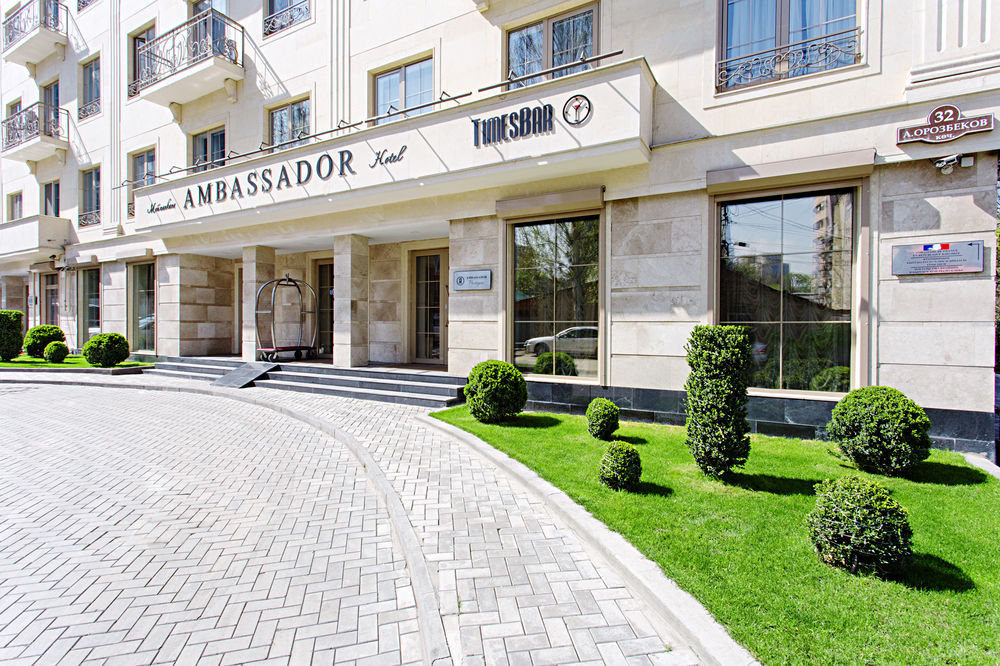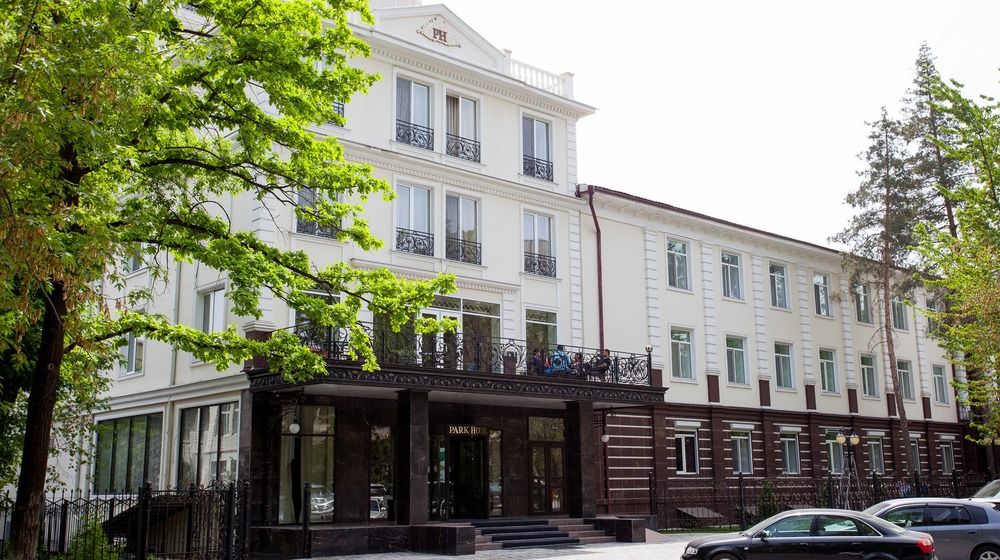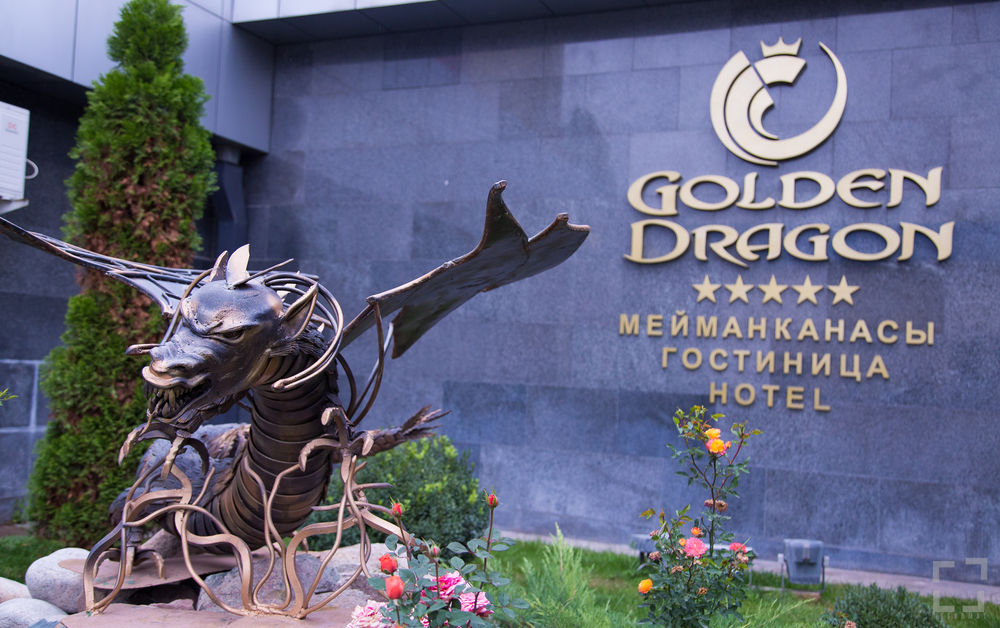
Find hotels in Bishkek
Lowest prices detected by AI for hotels
Best
Cheapest
Star Ratings
AI Recommended
Best Hotels In Bishkek
Cheapest Hotel Deals in Bishkek
Top Rated Hotels
5 Star Hotels in Bishkek
4 Star Hotels in Bishkek
3 Star Hotels in Bishkek
AI-recommended Destinations
Where to stay in Bishkek
More About Bishkek
Bishkek (Kyrgyz: Бишке́к, BISHKEK, بىشکەک; IPA: [biʃˈkek]; Russian: Бишке́к, tr. Biškék, IPA: [bʲɪʂˈkʲɛk]), formerly Pishpek and Frunze, is the capital and largest city of Kyrgyzstan (Kyrgyz Republic). Bishkek is also the administrative centre of the Chuy Region. The province surrounds the city, although the city itself is not part of the province, but rather a province-level unit of Kyrgyzstan.
In 1825 Khokand authorities established the fortress of "Pishpek" in order to control local caravan-routes and to collect tribute from Kyrgyz tribes. On 4 September 1860, with the approval of the Kyrgyz, Russian forces led by Colonel Zimmermann destroyed the fortress.
In 1868 a Russian settlement was established on the site of the fortress under its original name, "Pishpek". It lay within the General Governorship of Russian Turkestan and its Semirechye Oblast.
In 1925 the Kara-Kirghiz Autonomous Oblast was established in Russian Turkestan, promoting Pishpek to its capital. In 1926 the Communist Party of the Soviet Union renamed the city as Frunze, after the Bolshevik military leader Mikhail Frunze (1885–1925), who was born there. In 1936, the city of Frunze became the capital of the Kirghiz Soviet Socialist Republic, during the final stages of the national delimitation in the Soviet Union.
In 1991 the Kyrgyz parliament changed the capital's name to "Bishkek".
Bishkek is situated at an altitude of about 800 meters (2,600 ft), just off the northern fringe of the Kyrgyz Ala-Too range, an extension of the Tian Shan mountain range. These mountains rise to a height of 4,855 meters (15,928 ft) and provide a backdrop to the city. North of the city, a fertile and gently undulating steppe extends far north into neighboring Kazakhstan. The Chui River drains most of the area. Bishkek is connected to the Turkestan-Siberia Railway by a spur line.
Bishkek is a city of wide boulevards and marble-faced public buildings combined with numerous Soviet-style apartment blocks surrounding interi
 Time UTC+06
Time UTC+06 Currency KGS
Currency KGS Languages Kyrgyz, Russian
Languages Kyrgyz, RussianWhat’s Special about Staypia?
Compare hotel prices in real-time
AI finds you the lowest price for hotels in Bishkek.
Lowest price for 3.16M hotels worldwide
Book with up to 31% extra discounts only for Staypia members.
Travel bucket list for Bishkek
Plan your trip with over 17K 'must see' recommendations for Bishkek
Frequently Asked Questions
The best 5 star hotels in Bishkek are Golden Dragon, Orion Hotel Bishkek, Maryotel. Search for the most highly rated hotels in Bishkek
The most highly rated hotels in Bishkek are Futuro Hotel, Ambassador Hotel Bishkek, Plaza Hotel Bishkek.
Generally, room reservations are subject to a free refund until the cancellation deadline. Fees may apply after the cancellation deadline, so please check the cancellation deadline on your hotel voucher or in Menu > My Reservation.
If you’re a frequent traveler, Staypia is the best place to get the best hotel deals. You can book hotels with the lowest price of 3.16 million hotels collected by AI, and receive additional discounts for members only.























